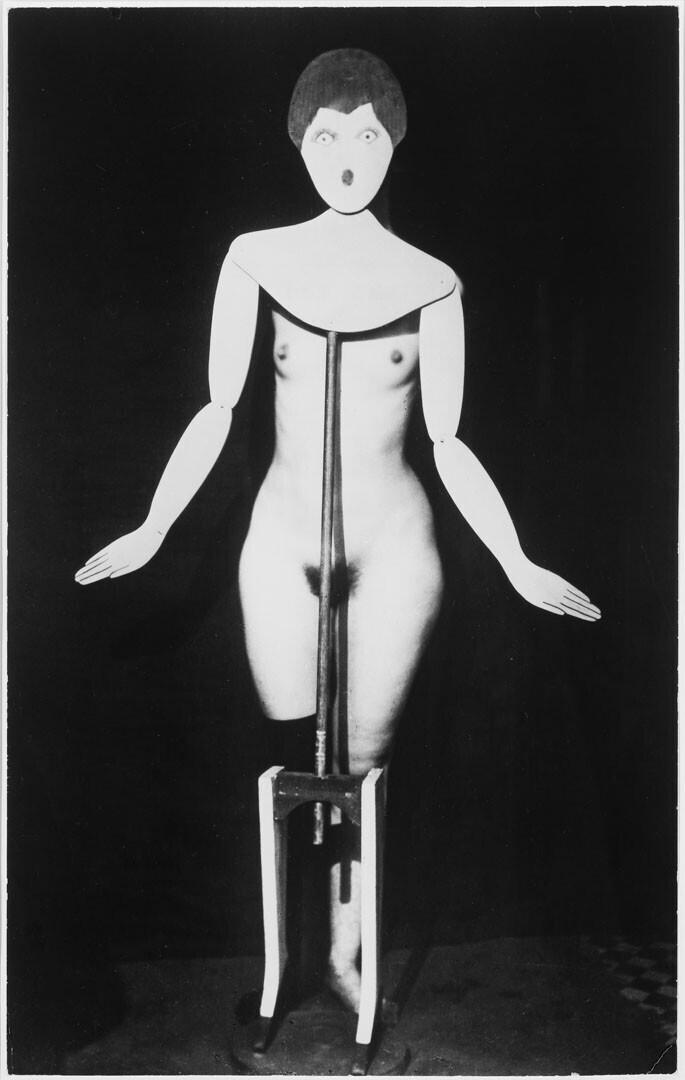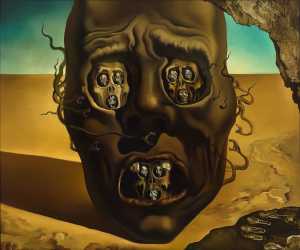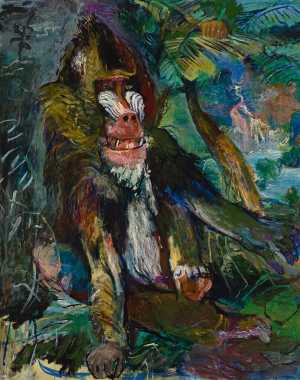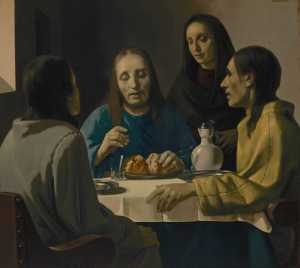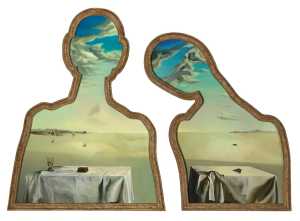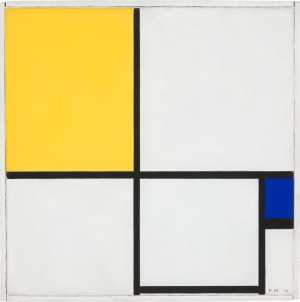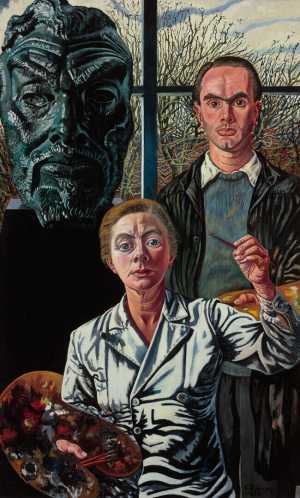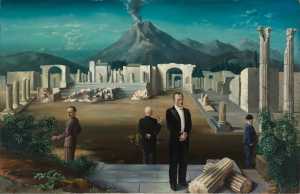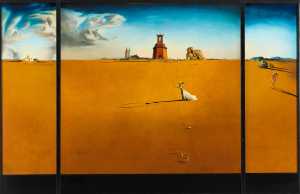Specifications
| Title | Coat Stand |
|---|---|
| Material and technique | Gelatin silver print on fibre-based paper |
| Object type |
Photograph
> Two-dimensional object
> Art object
|
| Location | This object is in storage |
| Dimensions |
Width 36,6 cm Height 58,8 cm |
|---|---|
| Artists |
Artist:
Man Ray
Publisher: Luciano Anselmo |
| Accession number | 3414 (MK) |
| Credits | Purchased 1996 |
| Department | Modern Art |
| Acquisition date | 1996 |
| Creation date | in 1920 (1975) |
| Collector | Collector / Adriaan Domela Nieuwenhuis |
| Entitled parties | © Man Ray Trust / ADAGP, c/o Pictoright Amsterdam 2018 |
| Provenance | From an edition of 23 examples published by Luciano Anselmo, 1975; private collection Verona, Italy 1975-96; Peter van Beveren, Rotterdam |
| Exhibitions | Rotterdam/Paris/Humlebaek 1971-72; London/Rotterdam/Bilbao 2007-08; New York 2009-10; Rotterdam 2014b; Rotterdam 2017b |
| Internal exhibitions |
Brancusi, Rosso, Man Ray - Framing Sculpture (2014) Collectie - surrealisme (2017) |
| External exhibitions |
Dal nulla al sogno (2018) |
| Research |
Show research A dream collection - Surrealism in Museum Boijmans Van Beuningen |
| Literature | Rotterdam/Paris/Humlebaek 1971-72, cat. no. 250; Schwarz 1977, pp. 160, 368, fig. 278; Man Ray 1980, pp. 181-82, cat. no. 11; Paris 1981-82, cat. no. 5; Man Ray/Martin 1983, p. 141, cat. no. 18; London/Rotterdam/Bilbao 2007-08, p. 4, fig. 1.2; Wood 2007, p. 11; Rotterdam 2007, pp. 11-13; Rotterdam 2014, pp. 198-99, cat. no. 38 |
| Material | |
| Object | |
| Technique |
Gelatine silver print
> Bromide print
> Photographic printing technique
> Mechanical
> Planographic printing
> Printing technique
> Technique
> Material and technique
|
| Geographical origin | The United States of America > North America > America |
Do you have corrections or additional information about this work? Please, send us a message







